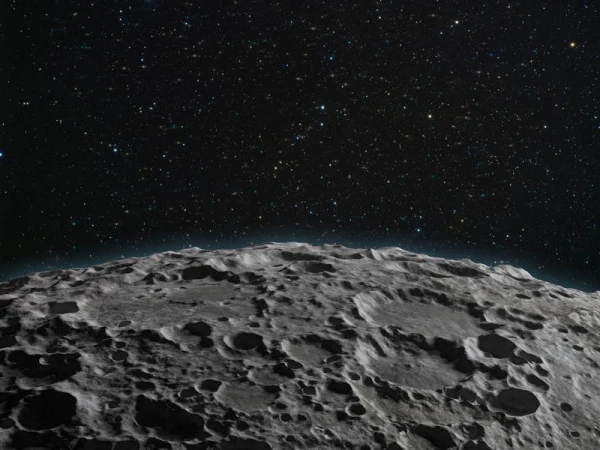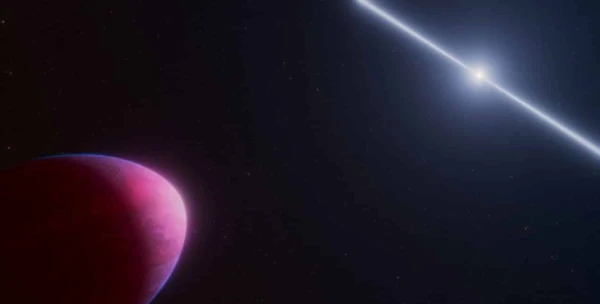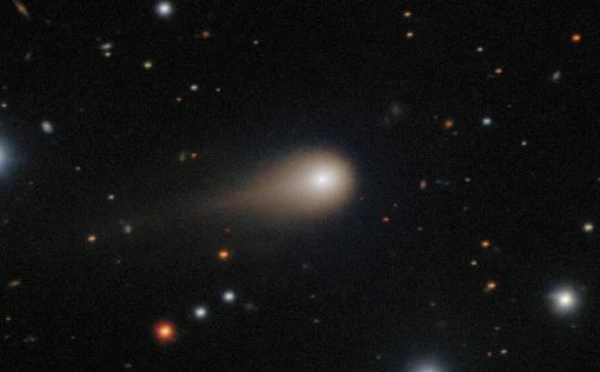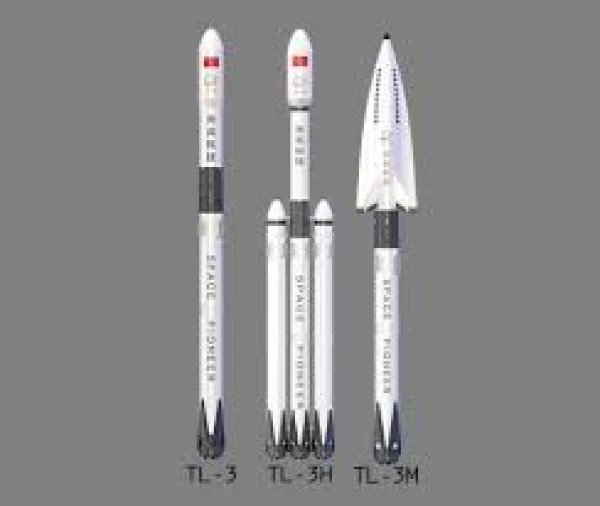
Scientists analyzed rock samples brought to Earth in 1972 by astronauts of the Apollo 17 mission. As a result, they discovered an unusual isotopic composition, which came as a surprise to researchers, reports Focus.
In 1972, astronauts brought back rock samples to Earth, and some of them have been stored at NASA for over 50 years. Scientists gained access to previously unstudied samples and discovered a surprise during their analysis. It turned out that the volcanic rock that emerged on the Moon's surface from the mantle contains little sulfur-33 isotope, one of the four radioactively stable isotopes of sulfur. This composition of the sulfur-containing rock sharply contrasts with the sulfur isotope ratios observed on Earth. The study is published in the Journal of Geophysical Research: Planets, reports Phys.
Isotopes of chemical elements are versions of the same atoms with different masses. If two rock samples have the same isotopic composition, it proves that they have the same source of origin. Previously, scientists found a significant similarity in the isotopic composition of oxygen on Earth and the Moon. For a long time, it was believed that the sulfur isotopic composition in the mantles of the Moon and Earth should also be very similar.
Researchers were looking for samples where the texture of sulfur would clearly indicate that they resulted from a volcanic eruption from the mantle to the Moon's surface, rather than arising in another way.
According to scientists, the analysis of lunar samples showed that this is not the case, and this discovery came as a surprise to researchers. The fact is that the composition of lunar rock containing sulfur is significantly different from the sulfur isotope ratios observed on Earth. Initially, scientists thought this could not be the case and conducted a repeat analysis that confirmed the initial results.
The authors of the study say there are two possible explanations for the anomalous sulfur content in lunar rocks.
These could be remnants of chemical processes that occurred on the Moon early in its history. A low amount of sulfur-33 isotope is found when sulfur interacts with ultraviolet light in the presence of a thin atmosphere.
It is suggested that the Moon had an atmosphere for some time during its early history. If the rock samples indeed formed this way, it could be evidence of ancient material exchange between the lunar surface and the mantle. However, the Moon does not have plate tectonics like Earth that would facilitate such exchange. This means that something unknown to scientists might have occurred on the Moon in the past.
Another explanation is that the anomalous sulfur content is a remnant from the Moon's formation. The main theory of the Moon's formation states that it appeared after a Mars-sized object collided with Earth over 4 billion years ago. The debris that was ejected from early Earth formed the Moon. It is possible that sulfur from the object that struck Earth ended up in lunar rocks, and its isotopic composition differed from that of Earth.















Leave a comment